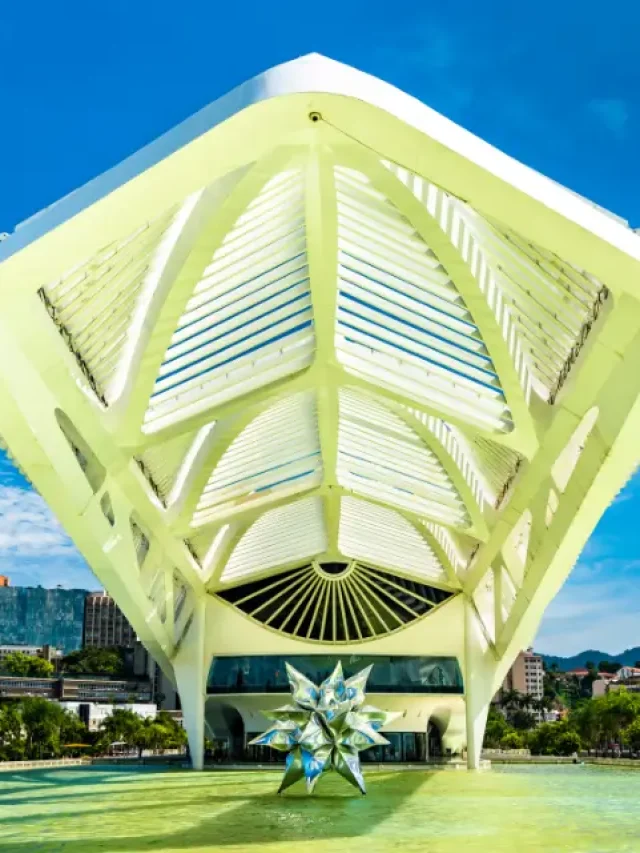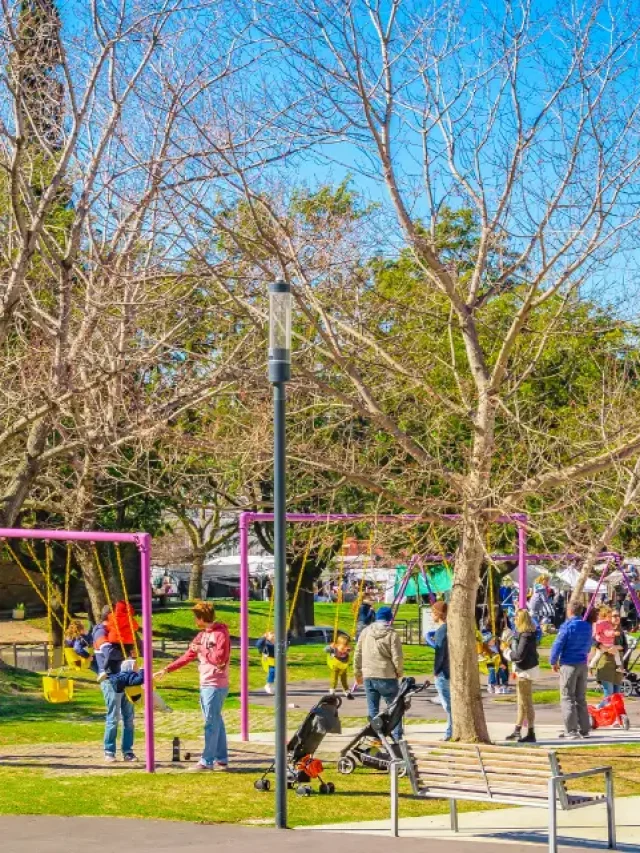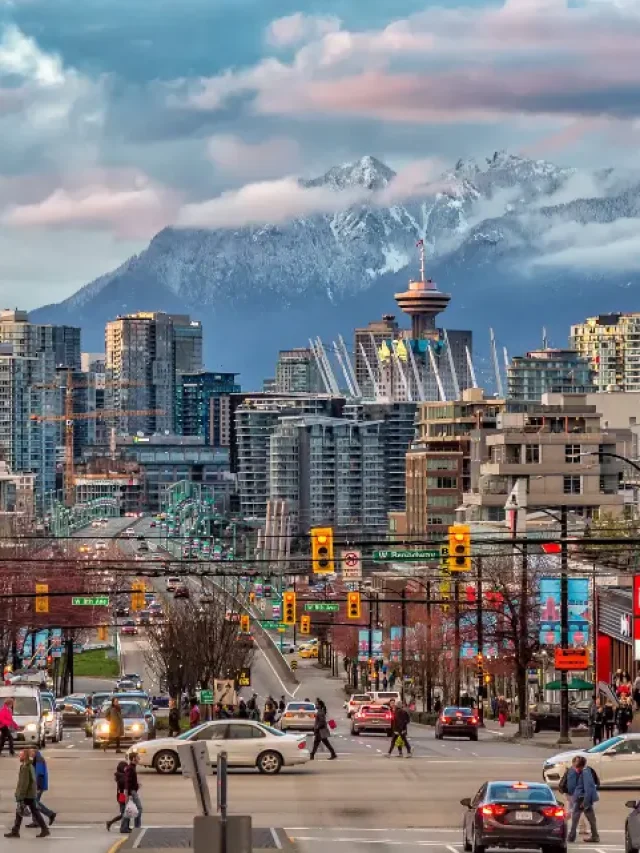Cost of Living in San Francisco: San Francisco, a city located along the scenic coastline of California, is known for its its diverse culture, technology, and stunning views. If you’re thinking about pursuing your career but worried about the cost of living in San Francisco in 2025, don’t worry! You’re in the right place.
This guide will help you understand the cost of living in San Francisco and provide useful tips to manage your expenses while making the most of this vibrant city. Let’s get started.
Table of contents
- What is the Cost of Living in San Francisco?
- Cost of Accommodation in San Francisco
- Cost of Studying in San Francisco
- Cost of Food in San Francisco
- Cost of Transportation in San Francisco
- Cost of Utilities in San Francisco
- Cost of Living in San Francisco: A Comparison with State and National Averages
- Why Study in San Francisco?
- Tips for Saving Money While Living in San Francisco
- FAQs on Cost of Living in San Francisco
What is the Cost of Living in San Francisco?
The average cost of living in San Francisco is around USD 3,781, making it one of the most expensive cities in the world. It ranks 9th out of 9,294 cities globally, 7th out of 2,202 cities in the U.S., and 5th out of 319 cities in California. Known for its culture, technology, and top-tier institutions, the city attracts students worldwide. The cost of living can vary based on your lifestyle and the type of accommodation you choose. Here’s a breakdown of the main expenses you’ll face living in the city.
| Expenses | Monthly Cost of Living in San Francisco |
| Off-Campus Accommodation | USD 1,542 |
| On-Campus Accommodation | USD 1,558 |
| Transportation | USD 158 |
| Food Cost | USD 371 |
| Utility Cost | USD 221 |
| Entertainment | USD 64 |
| Groceries | USD 60 |
| Clothes | USD 131 |
| Health Insurance | USD 80 |
Also Read:
Cost of Accommodation in San Francisco
Finding an ideal student accommodation in San Francisco is often the first and most significant financial hurdle and mental satisfaction while moving abroad. The real estate market of the city is highly competitive that too with limited availability and directly impacts the cost of living in San Francisco. Whether you’re looking for a studio apartment with stunning views of the skyline or a shared rental to split costs, your choices and preferences can directly reduce or increase the cost of living.
| Type of Student Accommodation | Average Monthly Cost of Accommodation |
| Studio apartment | USD 2,500 – USD 3,500 |
| One-bedroom apartment | USD 3,500 – USD 4,500 |
| Two-bedroom apartment | USD 4,500 – USD 6,000+ |
| Shared rental (room) | USD 1,000 – USD 1,500+ |
Cost of Studying in San Francisco
With home to several prestigious and world-renowned educational institutions, the cost of studying is the most important thing you must consider while calculating the cost of living in San Francisco. The city is a preferable choice and an ideal option for students seeking quality education in fields ranging from technology and business to the arts and sciences. From books and study materials to accommodation near campus, the cost of studying in San Francisco can add up quickly. Here’s what you can expect.
| Cost of Studying in San Francisco | Average Cost per Year |
| Tuition fees (varies by institution and program) | USD 15,000 – USD 50,000+ |
| Books and study materials | USD 1,000 – USD 2,000 per year |
The cost of studying in San Francisco may vary as per the choice of the course and educational institution. Here, we have compiled a list of top educational institutions with their tuition fees and available ranking to ease your process of calculating the cost of living in San Francisco.
| CDRank | Top Educational Institutions | Tuition Fees | Ranking |
| 1 | University of San Francisco | USD 45,153/Yr | Ranked 1201 by QS in 2025 |
| 2 | San Francisco State University | USD 7,757/Yr | Ranked 1201 by QS in 2025 |
| 3 | University of California | USD 33,238/Yr | NA |
| 4 | Hastings College of Law | USD 33,238/Yr | NA |
| 5 | Academy of Art University | USD 33,238/Yr | NA |
Cost of Food in San Francisco
The food and culinary scene is as fantastic and diverse as its population is. From Michelin-starred restaurants to casual eateries and food trucks, this city will never disappoint you. It is really important to keep an eye on your food expenses as it is something that directly impacts the cost of living in San Francisco. No doubt, you can reduce it just with the proper tracking, and cooking at home can really help a lot.
| Food Categories | Average Monthly Cost |
| Groceries (for one person) | USD 300 – USD 500 |
| Dining out (per meal) | USD 15 – USD 30 |
| Coffee (regular) | USD 3 – USD 5 |
Also Read:
- Cost of Living in San Diego 2025: A Complete Guide for Students
- The Cost of Living in Wellington: What You Need to Know
Cost of Transportation in San Francisco
San Francisco is a well-connected city with an extensive public transportation system, including buses, light rail, and the iconic cable cars. Additionally, the Bay Area Rapid Transit (BART) connects the city to neighbouring communities and suburbs and is considered one of the most preferable choices. You can also opt for ride-sharing services or cycling as a cost-effective option.
Transportation is one of the most important parts of the cost of living in San Francisco and it may vary as per the choices and preferences made by you during your academic journey. Getting around San Francisco involves various transportation options with corresponding costs, check the table below.
| Transportation Option | Average Monthly Cost |
| Public transit (Muni, BART) | USD 81 for Muni |
| Ride-sharing services | Varies |
| Gasoline (if driving) | USD 4.64 per gallon |
| Tire balance | USD 75.33 |
Cost of Utilities in San Francisco
Managing the cost of utilities is an essential part of managing the cost of living in San Francisco. Apart from rent or mortgage payments, expenses like electricity, heating, cooling, and internet services can impact the cost of living in San Francisco. The utility bill may vary depending on the size of your accommodation, usage habits, and the efficiency of appliances. It contributes to the overall cost of living in San Francisco, Here is the compilation of necessities.
| Utility/Service | Average Monthly Cost |
| Electricity | USD 50 – USD 150 |
| Heating/Cooling | USD 50 – USD 100 |
| Internet | USD 50 – USD 100 |
Cost of Living in San Francisco: A Comparison with State and National Averages
The cost of living in San Francisco is significantly higher compared to both state and national averages, making it one of the most expensive cities to live in the United States. Below is a table where you can check a detailed comparison of the cost of living in San Francisco with state and national averages.
| Category | San Francisco Compared to State Average | San Francisco Compared to National Average |
| Housing (Buy and Rent) | 46% higher | 187% higher |
| Utilities (Monthly) | 15% higher | 42% higher |
| Food | 7% higher | 23% higher |
| Healthcare | 15% higher | 24% higher |
| Transportation | 4% higher | 36% higher |
| Goods & Services | 8% higher | 19% higher |
Why Study in San Francisco?
San Francisco is one of the most famous cities in the US, known for landmarks like the Golden Gate Bridge, Alcatraz, and Coit Tower. The city is a major hub for business, finance, and culture in Northern California. As one of the top tourist spots in the US, San Francisco is also home to many students. With several top universities and colleges nearby, the city’s welcoming and creative environment makes it an exciting place for international students to study. Here are some reasons why studying in San Francisco is a great choice:
- San Francisco is home to top universities and colleges.
- The city offers a rich cultural diversity, making it welcoming for students from around the world.
- There’s a thriving arts and music scene that provides plenty of creative inspiration.
- Studying here gives you direct access to the tech industry in Silicon Valley.
- The city offers great networking opportunities with professionals from various industries.
- You can enjoy a wide range of delicious and diverse food options.
- San Francisco has an excellent public transportation system, making it easy to get around.
- There are beautiful parks, beaches, and outdoor activities for students to enjoy.
- The city fosters a creative and innovative environment, perfect for students.
- San Francisco has a strong job market, helping students find employment after graduation.
Tips for Saving Money While Living in San Francisco
Living in San Francisco can be expensive due to the high cost of living in San Francisco, but there are practical ways to cut costs without sacrificing your quality of life. Here are some tips for saving money while living in San Francisco:
- Share a place: Live with roommates to split rent and bills.
- Use public transport: Take buses or trains instead of owning a car.
- Shop smart: Buy groceries at stores like Trader Joe’s or Safeway.
- Cook at home: Save money by making meals yourself instead of eating out.
- Find free fun: Go to free events, parks, and local attractions.
- Look for deals: Use apps like Groupon or Yelp for discounts.
- Downsize: Consider moving to a smaller apartment or cheaper area.
- Save on utilities: Turn off lights, unplug devices, and use less water.
Hope you liked reading about the cost of living in San Francisco. We hope that this blog has given you the insights that you need. For booking the best accommodation abroad to start your study abroad experience you can contact Fly Homes at 1800572118.
FAQs on Cost of Living in San Francisco
The average cost of living in San Francisco is around USD 3,781, making it one of the most expensive cities in the world.
San Francisco is famous for its high cost of living, particularly when it comes to housing and dining out. As a result, residents need to earn at least USD 131,050 to live comfortably.
The cost of living in San Francisco is high due to the high demand for housing, the concentration of tech companies, and limited space for development.
Affordable housing options can be limited, but exploring areas outside the city centre or shared accommodations can help reduce costs.
Students in San Francisco can expect a high cost of living in San Francisco, with average rent, food, and transportation expenses adding up quickly. However, there are student discounts and shared housing options available.
Some of the more affordable neighborhoods in San Francisco include Outer Richmond, Sunset, and Excelsior, compared to pricier areas like Nob Hill and Pacific Heights.
Yes, while San Francisco is expensive, it’s possible to live on a budget by choosing affordable housing, using public transportation, and minimizing unnecessary expenses.
Some ways to save money include sharing rent, using public transportation, cooking at home, shopping at discount grocery stores, and taking advantage of free events and activities.
Yes, students and residents can benefit from discounts on transportation, entertainment, and shopping through apps like Groupon and various local discount programs.
Healthcare costs in San Francisco can vary widely. Basic health insurance premiums range from USD 200 to USD 500 per month for an individual, depending on the plan.
Follow Us on Social Media




























